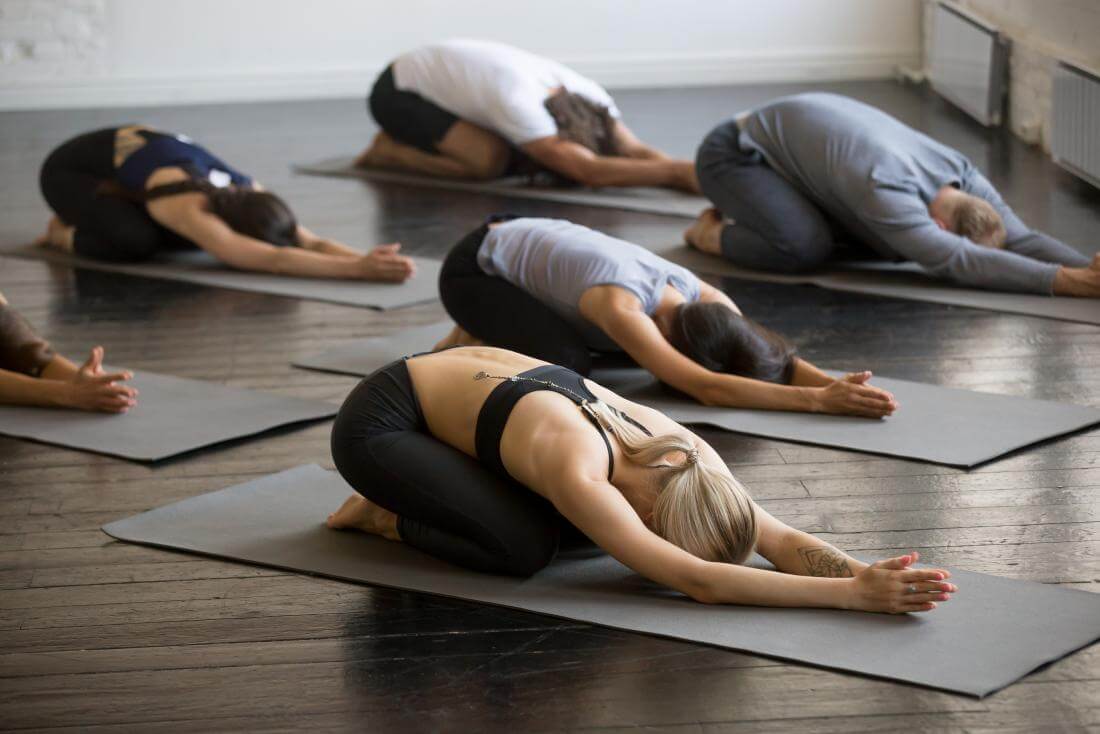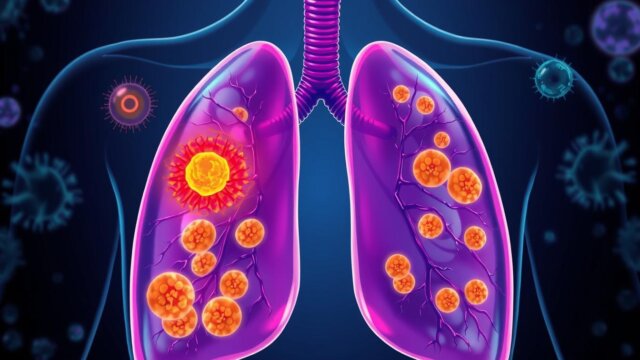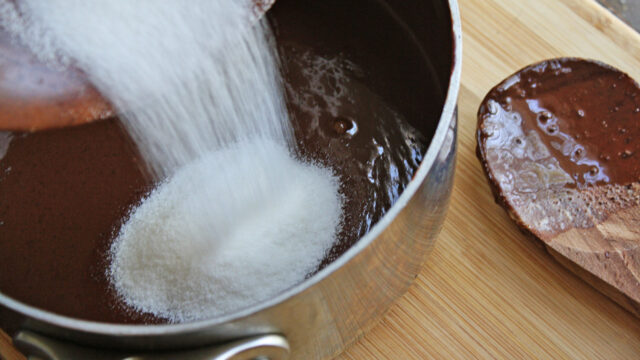FTC disclaimer: This post may contains affiliate links and we will be compensated if you click on a link and make a purchase.
Sometimes it’s good to understand exactly what goes on inside your body when you exercise.
You might gain some insight into approaching your workouts, which will give you an extra edge to become fitter!
So, let’s go back to the basics and know the differences between aerobic and anaerobic exercises. What have we got to lose, except for maybe some hardcore fat!
What is an Aerobic Exercise?
Aerobic means “with oxygen.”
When you exercise aerobically, your breathing and heart rate increase, and your muscle cells demand a steady oxygen flow.
The oxygen is used to convert fat into energy. Glucose and protein can also be used as energy sources, but steady, moderate aerobic exercise actually encourages the use of fats for fuel.
Furthermore, regular aerobic exercise will train your body to better burn fat, something we all like!
Good examples of aerobic activities:
- Jogging
- Power walking
- Cycling
- Elliptical trainer
- Cross-country skiing
- Rowing machine
- Dancing
For an exercise to be aerobic, you need to:
- Use the larger muscles of the body
- Exercise at a steady, nonstop, moderate effort
- Go for an extended period of time
- Keep your heart rate elevated.
What is an Anaerobic Exercise?
Anaerobic exercise is just the opposite; it means “without oxygen.”
This kind of exercise is usually of short duration and high intensity.
Oxygen isn’t used in converting fat into energy. In fact, the cellular demand for oxygen often exceeds the supply, so fat is not as readily burned.
Instead, glucose, an easy-to-use fuel source, is used and taken right from the bloodstream or glycogen stored in the muscles.
However, the beak down of glucose produces energy but also lactic acid. The build-up of lactic acid is that burning sensation we feel when we push a muscle to work at a high intensity.
The lactic acid build-up is also the reason why we can only do so much of an anaerobic activity before our muscles feel like JELL-O and can’t move!
The body’s anaerobic method for producing energy is important for short periods of intense exertion, like running sprints.
More examples of anaerobic exercises are:
- Weight lifting
- 200 or 400-meter run
- Speed skating
- Baseball
- Football
- Volleyball
- Tennis
- 100-Meter Swim
Activities that incorporate the anaerobic energy system push specific muscles to adapt and become stronger and/or faster.
Which is better? That depends on your goals.
If your goal is to shed body fat, you will want to include regular aerobic activities.
However, if you want to build and sculpt muscle or increase your speed in a particular sport, you will want to focus on anaerobic exercises.
That being said, please note that both aerobic and anaerobic exercises are important for increased health, fitness, and even better body balance.
Moreover, a wise approach includes aerobic and anaerobic exercises as part of your fitness/weight loss plan.








